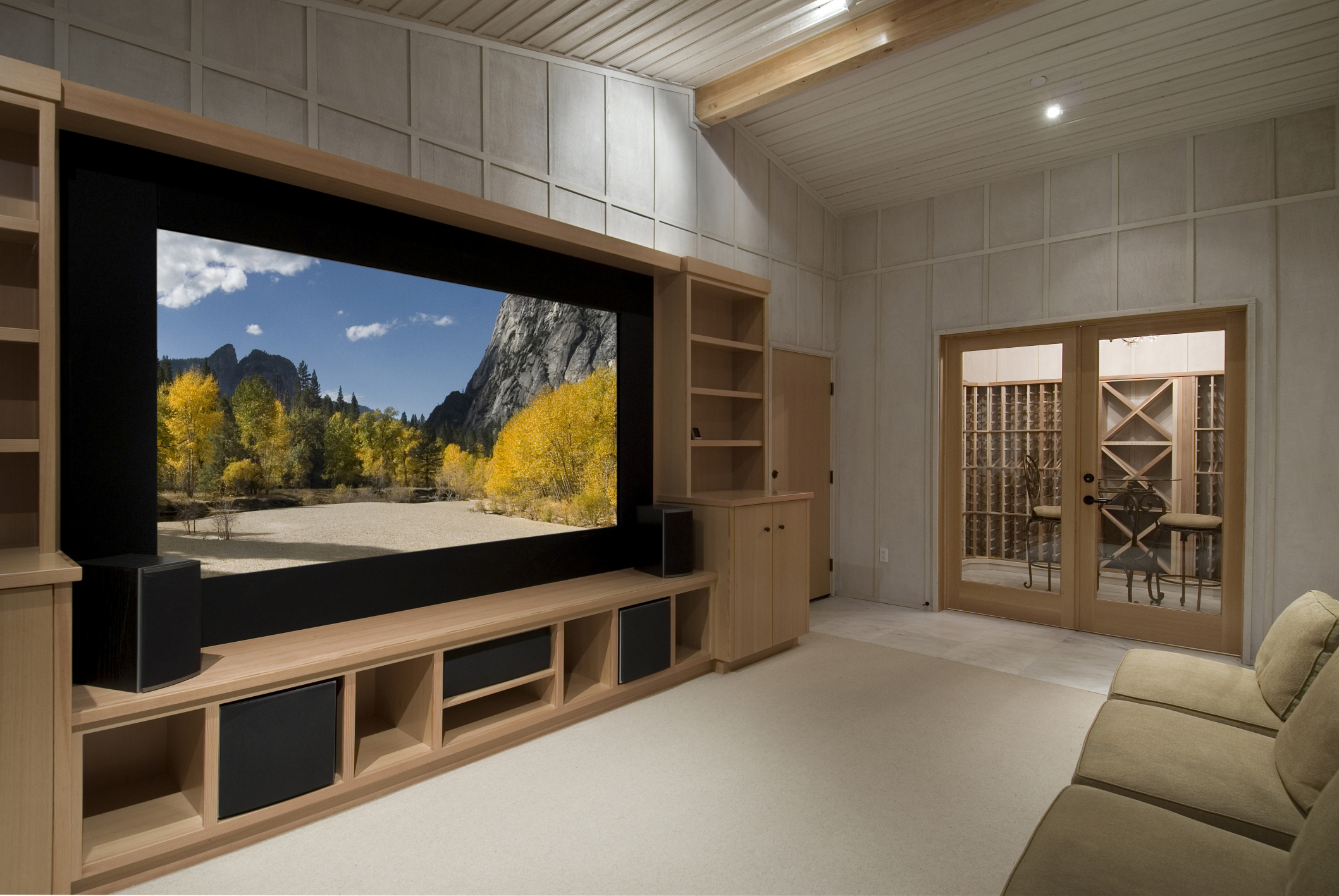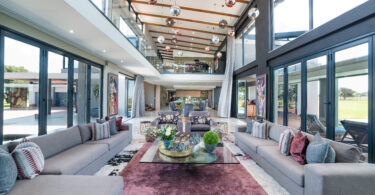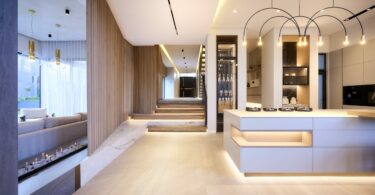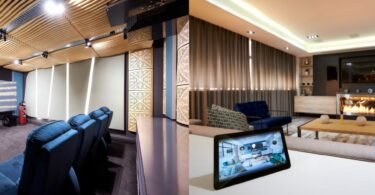By Shereen Lurie
What better way to indulge in quality time with family and friends than by enjoying a cinematic experience in your own home? A home theatre is a high-end audiovisual room that combines top-end picture and sound. When well-designed, this space will serve as a central entertainment hub and add huge value to your home.
Riana Kriek, interior decor and design consultant at Cinema Architects Vereeneging, says the available options for customisation are exciting, and run the full gamut from a sound system to a full-blown smart system that you can monitor and control from any PC or mobile device. An expert designer will will the be able to guide you through the process and help to translate your wants and needs into a buildable design. The end result will rely on the factors of capabilities, features, performance and budget. These are the key features you need to consider if you want a cinema in your home.
Lighting
Davide Favo, sales consultant at Homeation, suggests that lighting plays a big role in creating ambience in a home theatre. It’s useful to make use of step lighting, which provides the right amount of ambient light without being distracting.
In general, all lighting should be dimmable. When making use of a full room control system, lighting scenes can be pre-programmed. According to Riana, you can create a unique design with your lighting by choosing modern lights, such as colour-changing LEDs and fibre optics, not ordinarily used in other rooms of the house.
Air conditioning
During extended periods in the home theatre, you will want to be in cosy and comfortable environment. Air conditioning will maintain a constant temperature in the room, despite the outdoor conditions.
Location and room design
It’s commonly thought that a basement is the ideal location for a home. This is because there are no windows and it is less likely that that there will be adjacent rooms. Good design practices include positioning the door at the rear of the room and, according to Andre Horeau, owner of Mod ‘n Sound, having a separate space for the audio visual equipment rack, so that it can be independently cooled and not add unnecessary noise.
Audiovisual equipment
Movies can be displayed on either a wall-mounted, flat-panel television or monitor, or by a ceiling or wall-mounted projector at the rear of the room, onto a fixed or motorised screen. The size of the screen will be dependent of the room dimensions, as well as your budget.
You should always choose the latest technology available to you to at the time, to future-proof your installation. Flat-panel displays are available in different technologies, such as plasma, LCD and LED. Projectors have single or multiple-bulb variations, and projection screens have varying ratios, as well as reflectances.
On the audio side, full surround sound is essential in the form of 5.1 or 7.1 (7.2 is also available) speaker systems. Speakers should be selected based on their frequency outputs to match the selected speakers. The sub-woofer or low-frequency speaker can be active or passive; however, the latter is preferred, to provide that “earthquake” effect.
Seating
Comfortable armchair seating that you would find in a cinema is an essential part of the home theatre, upholstered in your choice of either leather or suede. To give each person the best viewing angle, the rows of seats should be elevated in a tiered structure. The number of rows you have will be limited by the ceiling height, as people in the back row still still need to stand up comfortably.
Acoustics
Peter van Graszouw, senior systems designer at HFX Group, says: “Acoustic treatment for optimal performance contributes a lot to the theatre experience. Not only in quality, but also controlling frequency abnormalities and insulating some sound frequencies from escaping into the house.” Thick carpeting, and acoustic wall and ceiling panels, will help to achieve these goals. The tiered seating structure should built out of concrete, to avoid any reverberation of frequencies that would be present in a hollow-timber or steel structure.










Leave a Comment